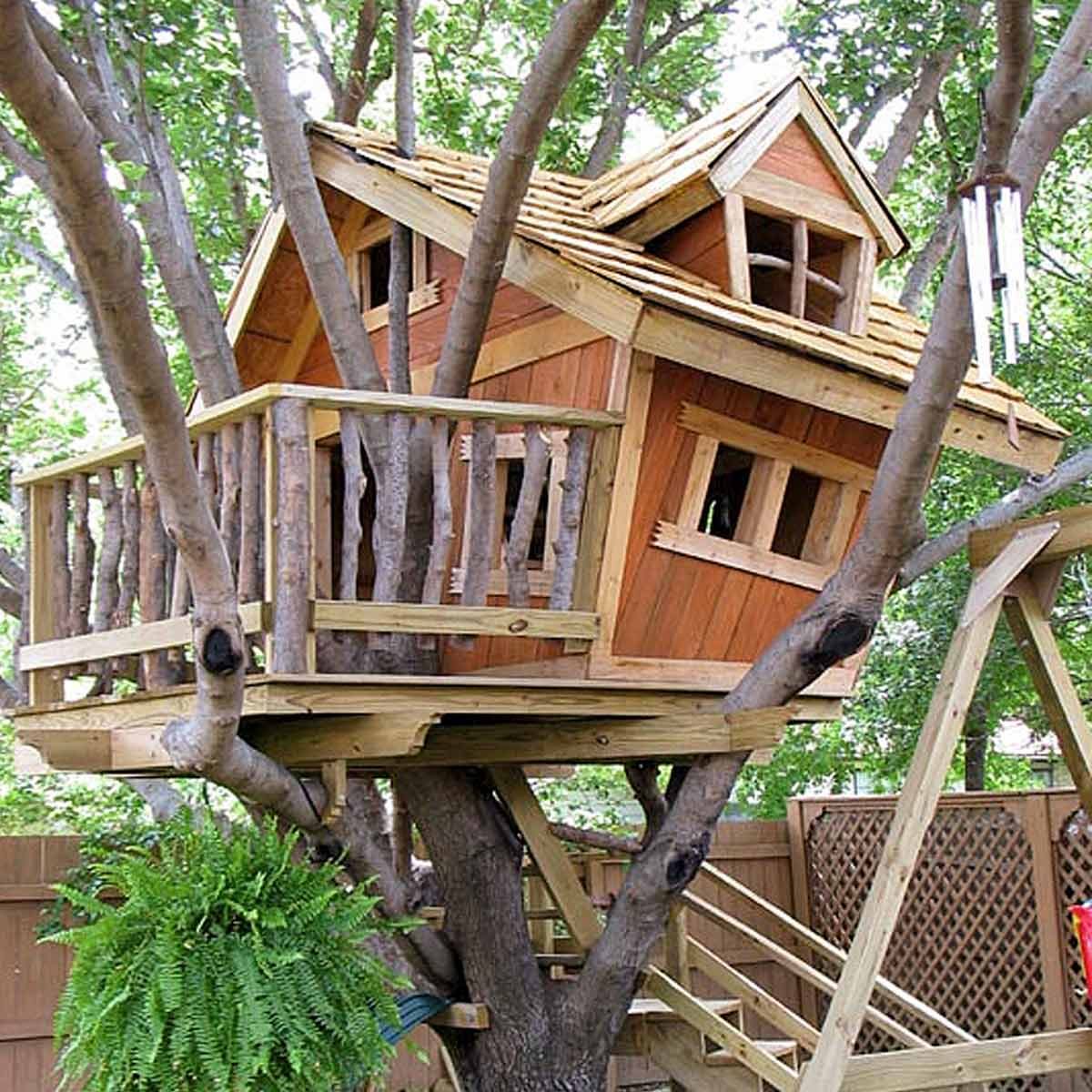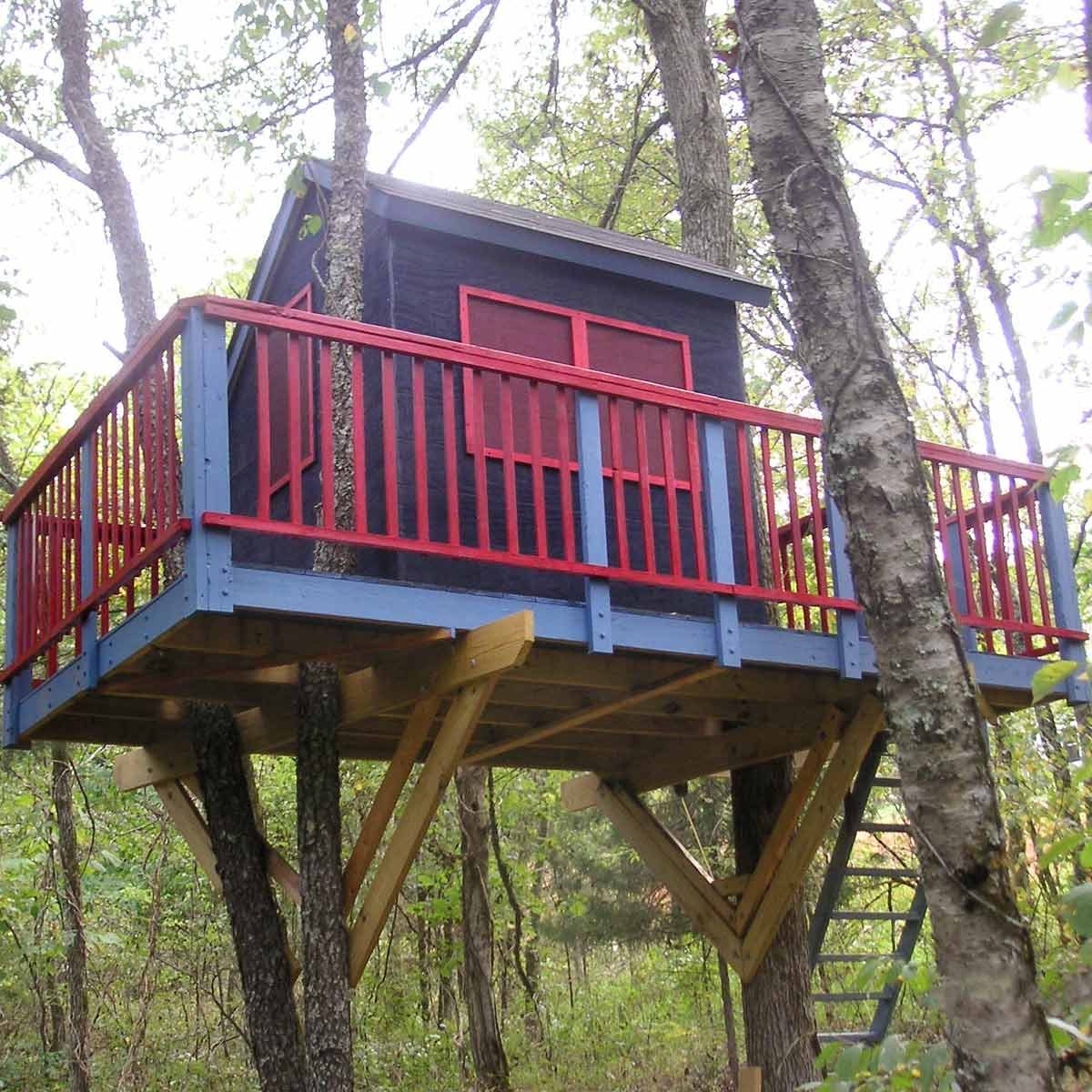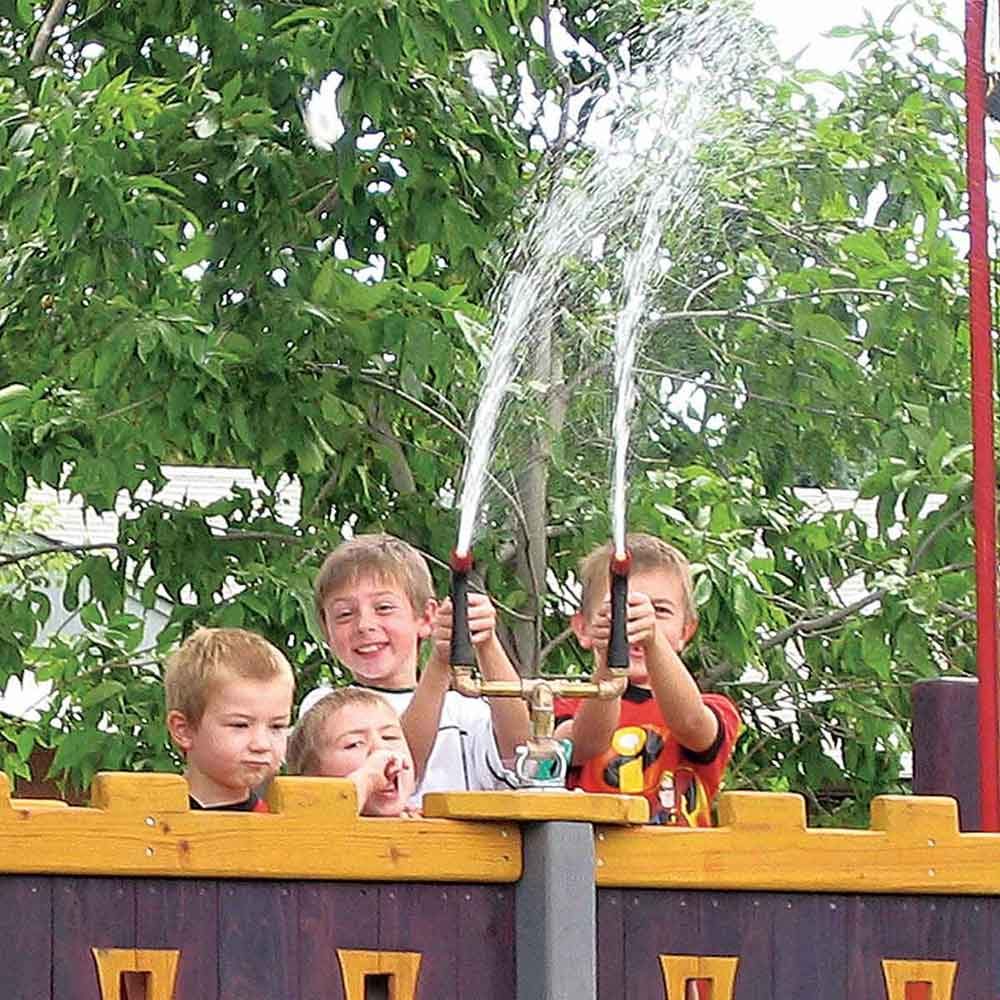Building a tree house
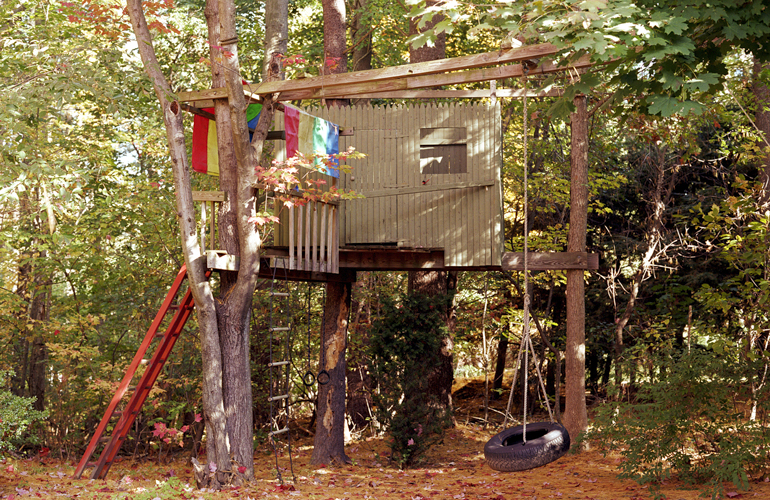
Advice and tips for building, attaching and furnishing your home in the treetops.
Need a tree guy? Learn the secrets your arborist won’t tell you.
Where should you build a treehouse?
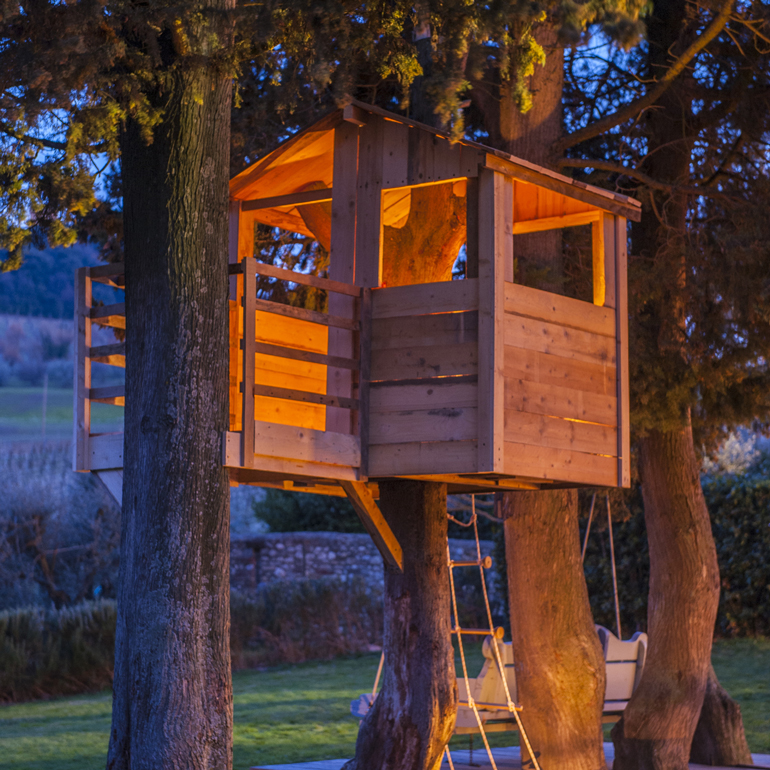
When thinking about treehouse ideas, take stock of the trees in your yard. Choose a healthy, long-lived hardwood for maximum support, with load-bearing branches at least 20cm in diameter (larger if the species is a softwood). It doesn’t need to be too high, just high enough so nobody bumps their head when walking underneath it.
Keep weight and stability in mind
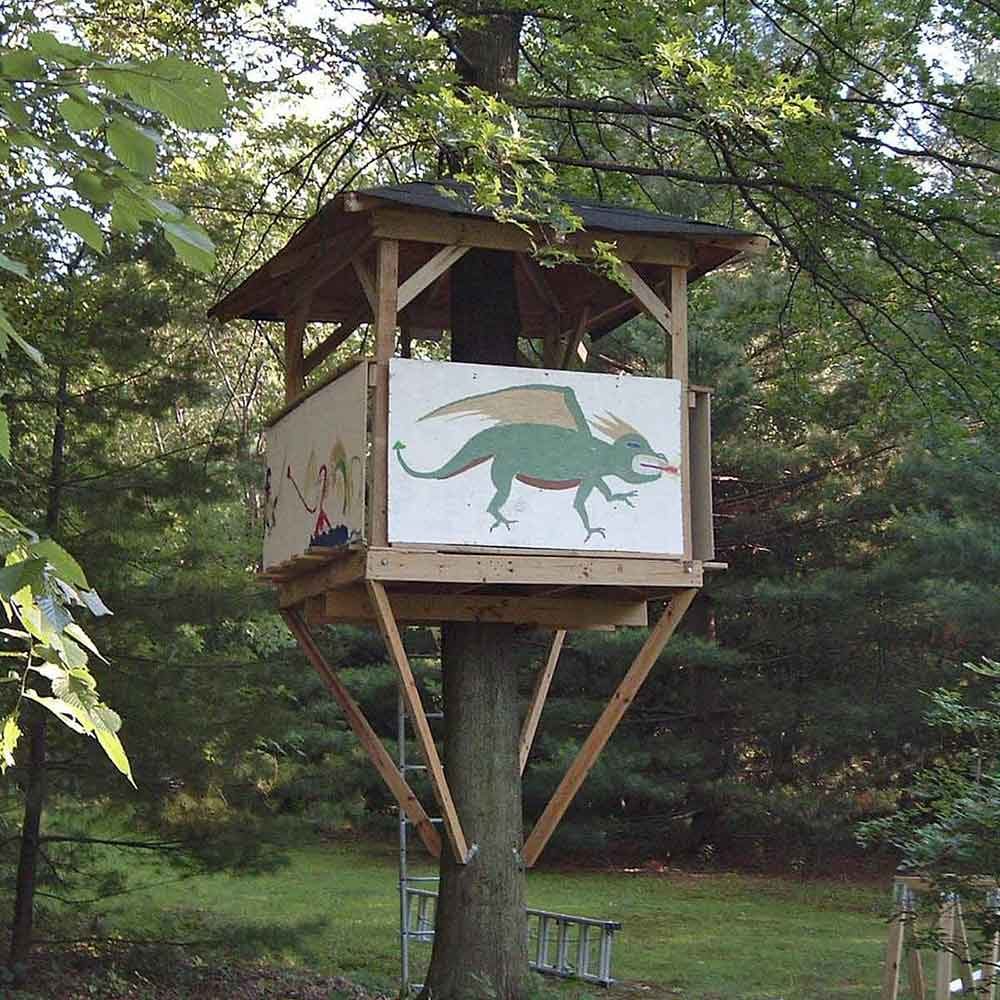
While it’s easy to get carried away with cool treehouse ideas, building a house in a tree brings with it certain physical limitations. Here are some structural things to keep in mind while designing your DIY treehouse:
Build the platform as close to the trunk as possible, and add diagonal bracing for extra strength to support uneven loads.
Put the load over the base of the tree, not on one side.
For heavy tree houses, consider spreading the weight among several trees.
A tree house will act like a sail in strong winds, adding a large load to the tree’s roots. In high-wind areas, build your tree house in the lower third of the tree.
When building on one main trunk, level the main platform by cantilevering the beams and supporting them from below.



